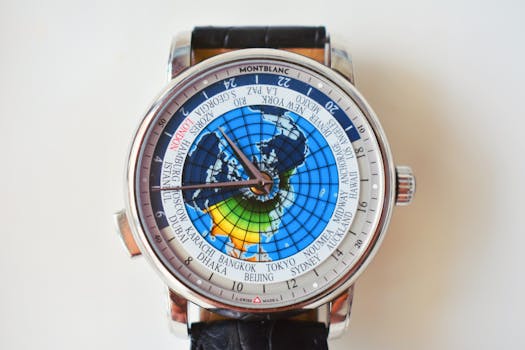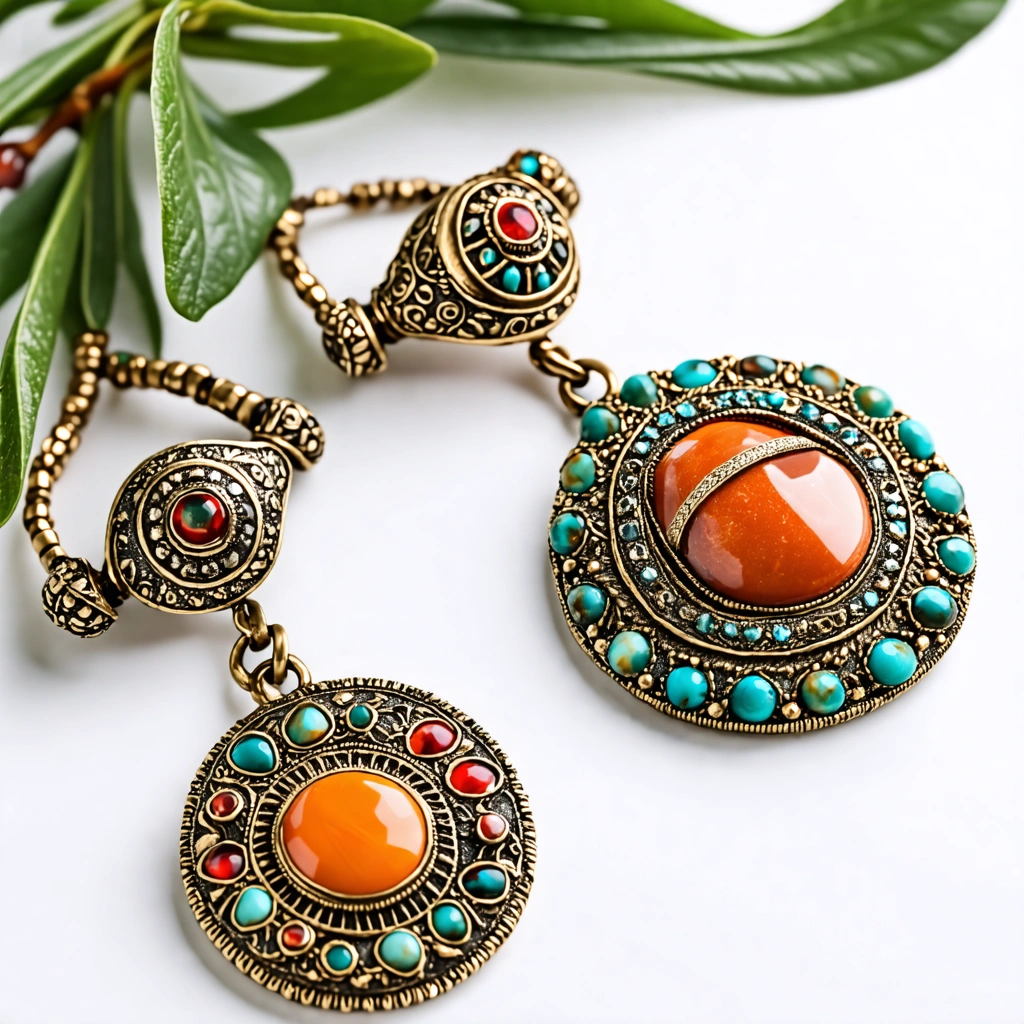
The Cultural Significance of Jewelry Across Different Societies
Takeaways: Jewelry is not merely a form of adornment; it holds deep cultural significance across different societies. From symbols of wealth and status to tokens of love and identity, jewelry plays a vital role in the rituals and traditions of various cultures. This article delves into the multifaceted meanings of jewelry around the world, highlighting how it reflects societal values and personal beliefs.
Jewelry has been an integral part of human civilization for thousands of years. Its allure transcends mere aesthetics, often embodying deeper meanings and serving various functions within different cultures. In this article, we will explore the cultural significance of jewelry across various societies, delving into its roles in identity, status, and tradition.
1. Jewelry as a Symbol of Status and Wealth
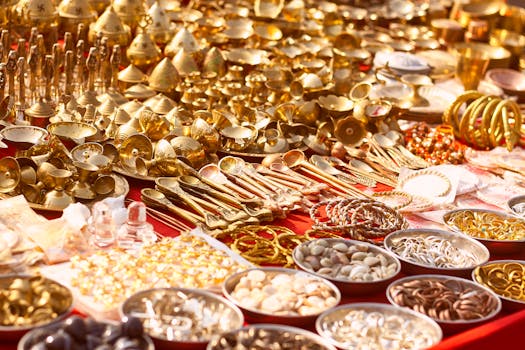
Similarly, in European societies, during the Renaissance, jewelry became an essential element of aristocratic fashion. The more intricate and lavish the jewelry, the higher the social standing it conferred upon the wearer. This tradition persists today; luxury brands create exquisite pieces that signify affluence and prestige. The cultural significance of jewelry as a status symbol is evident in modern society, where pieces like diamond engagement rings or designer handbags carry immense social weight.
2. Jewelry as a Reflection of Identity
Jewelry often serves as a profound reflection of personal and cultural identity. In many indigenous cultures, specific types of jewelry are worn to signify tribal affiliation, social roles, or life stages. For example, Native American tribes use intricate beadwork and silver to convey cultural narratives, with each piece telling a story about the wearer’s heritage and beliefs.
In other societies, jewelry is a means of expressing individual identity and personal style. For instance, in modern urban cultures, people often use accessories to showcase their personality, beliefs, and artistic inclinations. The rise of personalized jewelry, such as name necklaces or birthstone rings, highlights the desire for self-expression. Furthermore, during significant life events—such as weddings, graduations, or religious ceremonies—jewelry plays a pivotal role in marking these milestones, often becoming cherished heirlooms passed down through generations.
3. Jewelry in Rituals and Ceremonies
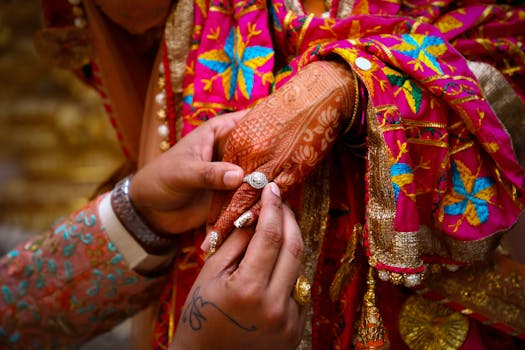
In African cultures, jewelry is commonly used in coming-of-age ceremonies. The adornment of young individuals signifies their transition into adulthood and their readiness to take on new responsibilities within their communities. Additionally, jewelry is often used in funerary practices, where it can signify respect for the deceased or serve as a means of honoring their memory.
4. The Evolution of Jewelry and Its Cultural Impact
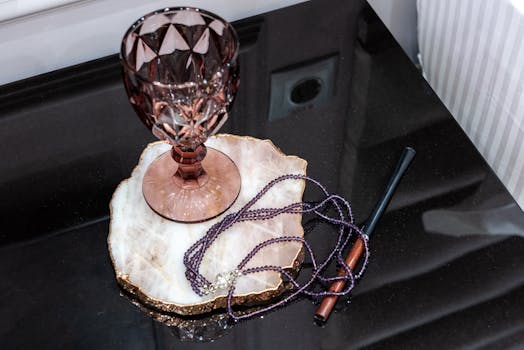
Furthermore, globalization has impacted the jewelry market, leading to a fusion of styles and traditions. As cultures interact and influence one another, new trends emerge, showcasing the dynamic nature of jewelry as an art form. This cross-cultural exchange enriches the significance of jewelry, allowing it to serve as a bridge between diverse traditions and contemporary aesthetics.
In conclusion, the cultural significance of jewelry across different societies is profound and multifaceted. It serves as a symbol of status, a reflection of identity, and a vital component of rituals and ceremonies. Understanding the role of jewelry in various cultures not only enhances our appreciation for these beautiful adornments but also deepens our connection to the stories and traditions they represent.


